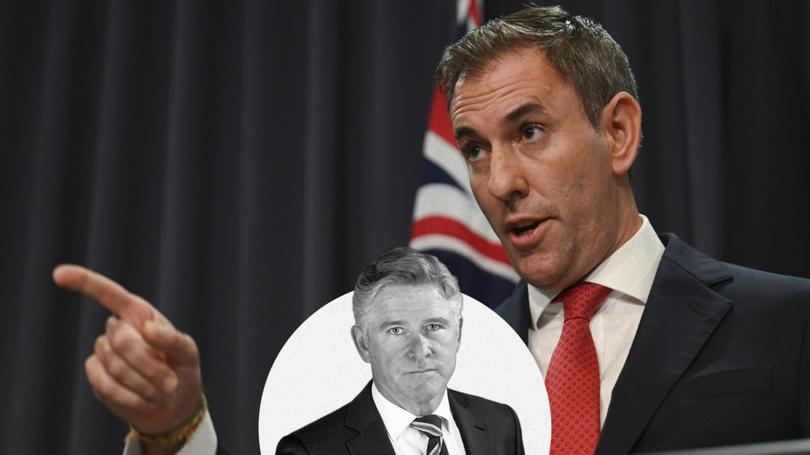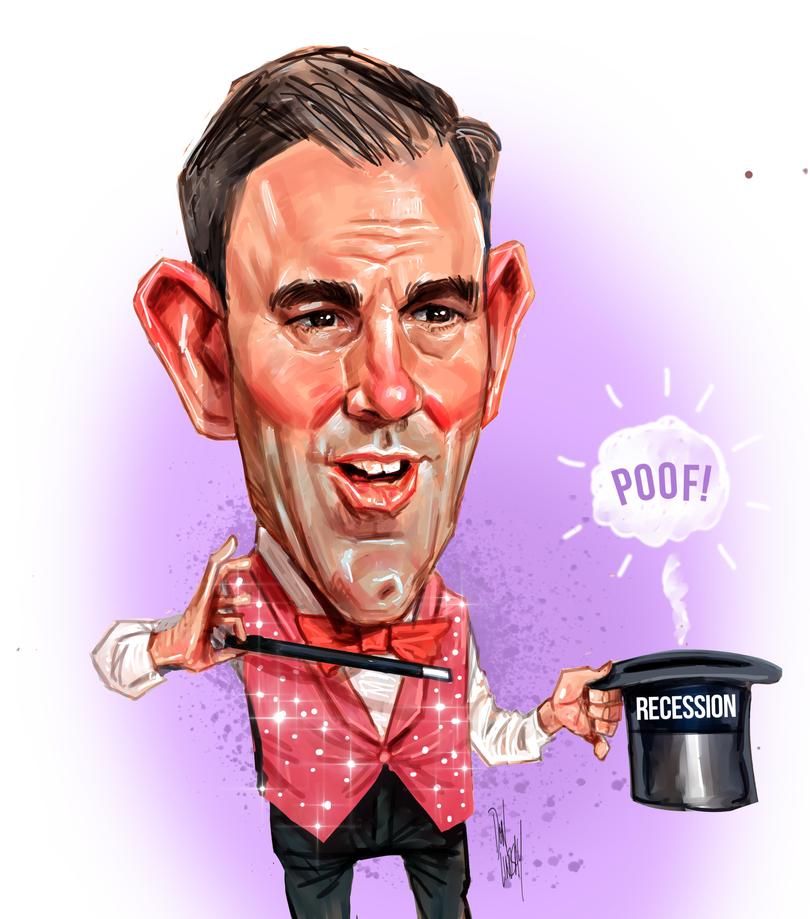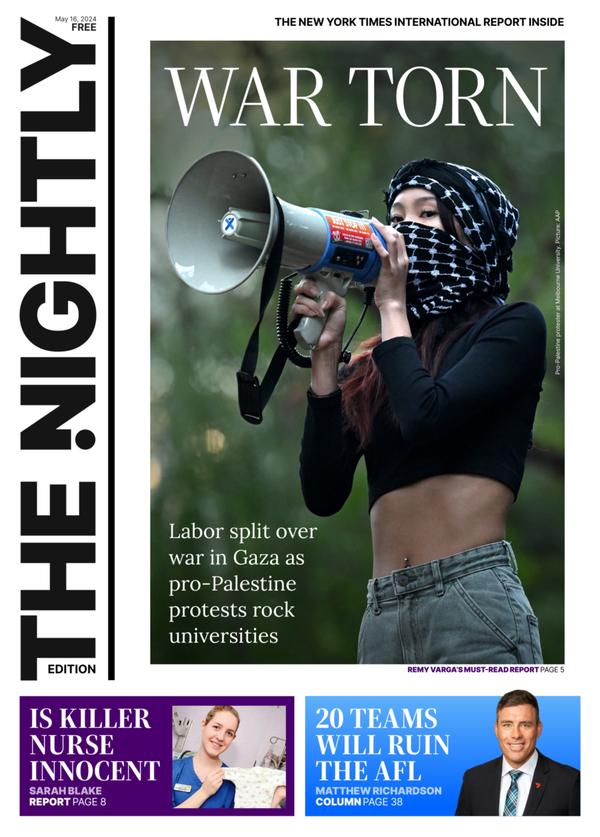MARK RILEY: Budget trick is to carefully calibrate spending to ensure growth stays alive over longer term

Federal Budgets are traditionally occasions for treasurers to transform themselves into economic magicians and pull a rabbit out of their hats.
That rabbit is normally a big-ticket measure that instantly defines the next phase of the government’s economic approach.
This month’s Budget, though, is shaping as something different.
Sign up to The Nightly's newsletters.
Get the first look at the digital newspaper, curated daily stories and breaking headlines delivered to your inbox.
By continuing you agree to our Terms and Privacy Policy.The real centrepiece has been out in the open for months.
It is the revamped Stage 3 tax cut package.
Anthony Albanese announced it way back in January to quash growing voter discontent over perceptions that his Government wasn’t doing enough to respond to cost-of-living pressures.
Those tax cuts are big. Really big. They will cost the Budget around $30 billion a year on average.
That will take a fair whack out of the available revenue and make it impossible for the Government to announce any other new measure of similar magnitude and still return the second consecutive surplus Treasurer Jim Chalmers needs to ingrain his credentials as a fiscally responsible economic manager.
And that means that on the night of May 14, Chalmers might be all bonnet and no bunny.
He and Albanese have consistently flagged that there will be some additional cost-of-living measures in the Budget, but at the same time played down expectations about their size.
One area I’ve been told to look out for is housing. My sources tell me the Government is quietly working on new measures to improve housing supply.
That work has been bubbling away in the background for some weeks without public notice.
But with enormous spends coming down the pipe on AUKUS, the NDIS, aged care, childcare and the tax cuts, there simply isn’t room for another big, eye-catching announcement.
That has meant that the build-up over the past couple of weeks has also been unusually subdued.
Canberra is normally abuzz with Budget speculation at this stage of the cycle, just 11 days out from the big night.
Not so much this year.
Other events have contributed to that.
The domestic violence and immigration detention controversies have crowded out much of the Budget discussion.
They have dominated the news cycle for the past week, making it difficult for Chalmers to cut through.
But what he has said in his pre-Budget speeches is quite instructive.
Chalmers has been framing the non-Stage 3 parts of the Budget under the Government’s “Future Made in Australia” policy.

It is a catch-all banner, pulling together the Government’s disparate programs in advanced manufacturing and green technologies.
Chalmers and Albanese have promised that the Government will become more heavily involved in these endeavours as an active participant rather than an observer.
They’ll do that through a combination of loans, seed funding, tax breaks and other incentives to attract a larger slice of the trillions of dollars in foreign capital that is coursing the globe at the moment looking for a home.
The policy aim is to turn Australia into a clean energy superpower through the development of sovereign capabilities in the industries of the future.
Overshadowing all of this, though, is the central objective of maintaining a fiscally responsible approach as the pressures on the economy transition from anti-inflation to pro-growth.
Chalmers has been criticised in recent days for playing down the market’s knee-jerk response to last month’s CPI figures showing inflation “stickier” than anticipated.
He, though, must play a longer game. And that longer outlook shows inflation coming off over the next 18 months and economic growth flatlining.
That doesn’t mean he needs to start spraying money around.
But it does mean that he must carefully calibrate spending to ensure growth stays alive as inflation comes back into the Reserve Bank’s 2 to 3 per cent target.
And that is likely to be the hidden story of this coming Budget.
We are likely to see a short-term outcome that does deliver a second surplus, albeit a modest one, but a much more challenging landscape in the out years with even larger deficits than those predicted in December’s Mid-Year Economic Outlook as the growth challenge emerges.
Getting that balance right to ensure Australia doesn’t fall into recession as inflation and interest rates fall is exactly the sort of magic trick Jim Chalmers will be trying to pull off.
MARK RILEY IS SEVEN NETWORK POLITICAL EDITOR
